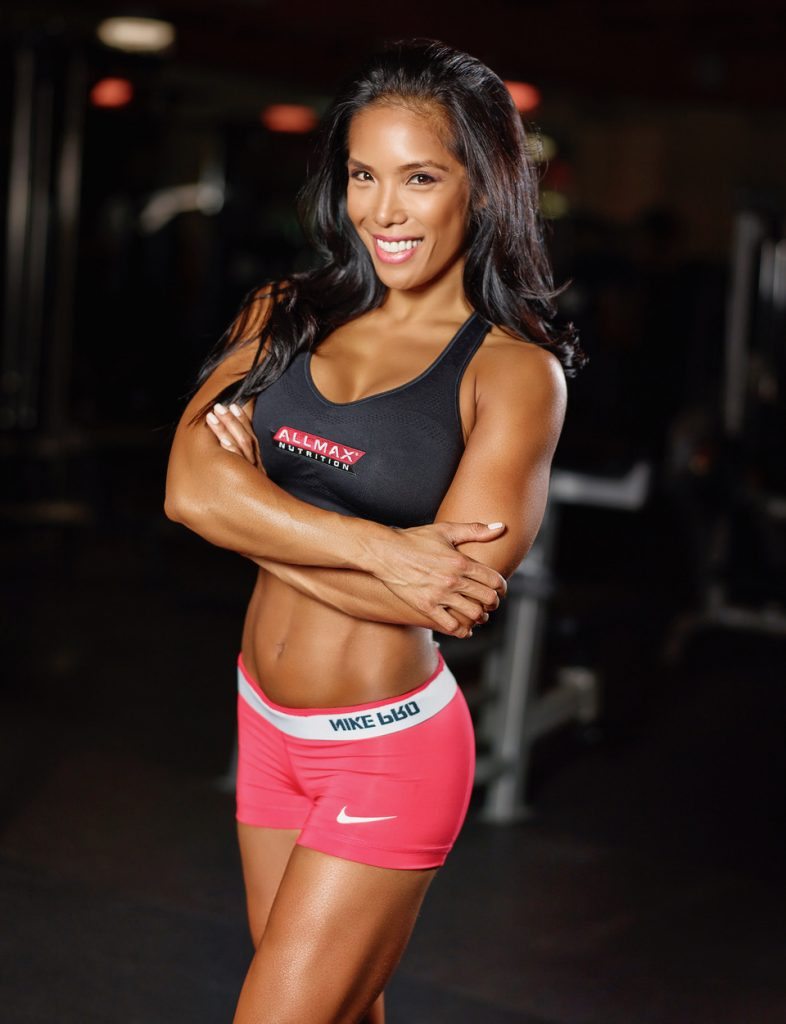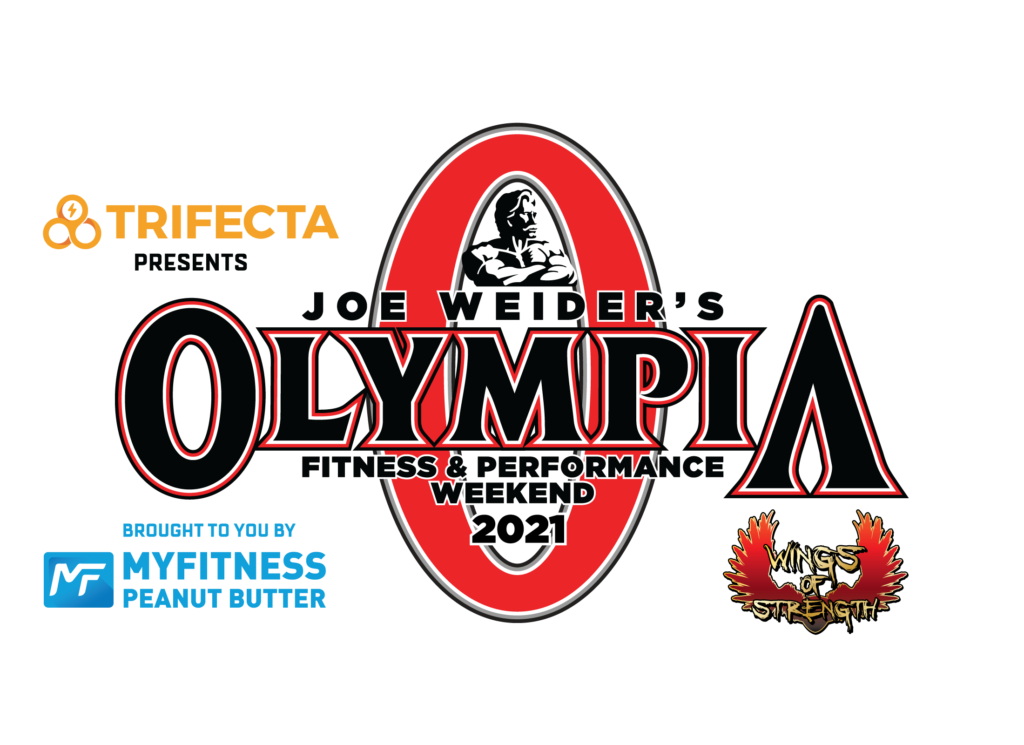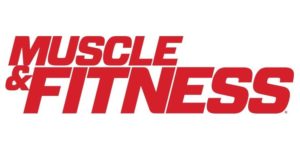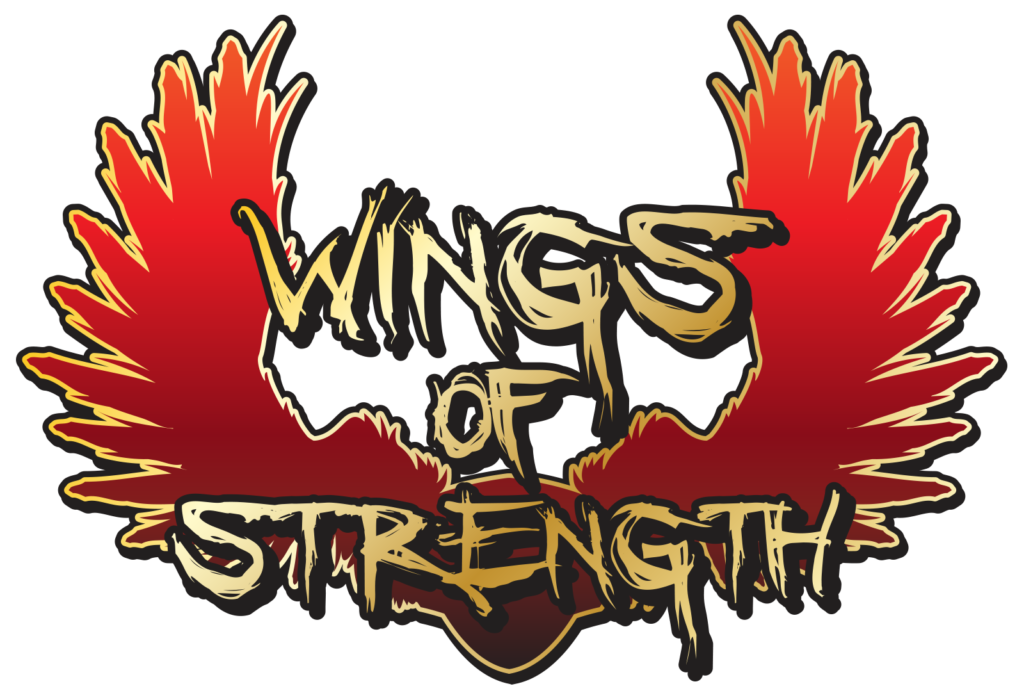By Gigi Amurao
Got a question for the Bikini Coach?
If you’re new around here – My name’s Gigi Amurao, and I’m a veteran trainer and coach and an active IFBB bikini pro. If you’re not familiar with me, check out my other DigitalMuscle.com articles where I write about pretty much anything I want.
As a fitness professional and mentor, though, I don’t always get to choose the topic. I’m constantly getting questions from my clients, friends, and family on subjects related to fitness, health, beauty, relationships, and, of course, competition—so many questions, I’m starting this new blog, “Ask the Bikini Pro,” to share my answers to their questions and yours!

A little background about me: I’ve been competing as a pro for about six years, have earned Olympia and Arnold qualifications, and have worked as a certified trainer and sports nutritionist for 12 years. I’m an NPC judge as well as a competition-prep and bikini-posing coach, and for four years I was a full-time coach for one of the industry’s top competition-prep teams. During that time, I coached from 50 to 100 clients at a time, with five pro turnovers; that is, clients moving up to the professional ranks.
I have always been into fitness and living a healthy lifestyle, and I’m passionate about helping others reach their fitness goals. There is nothing more rewarding than seeing my clients progress in their journeys; however, not everyone has a private coach to lead the way.
With the right guidance and knowledge, you can accomplish anything! So don’t be shy. You can ask me anything you want—about training, nutrition, competition, and all that goes with them! Send your questions to [email protected], and I’ll get back to you…and I’ll publish some of my favorites here!
In the meantime, here’s the question I’m asked the most frequently, whether it comes from clients, family members or just strangers at the gym.
What do I need to do to lose weight, and where should I start?
That’s a big topic, obviously, but here’s a surefire way to get you started. Ask yourself, what are you doing now that you feel is helping you toward your goal of losing weight? Most people’s answer to that question is, “Nothing.” My response: Perfect. Then now is the time to start. Your first step is to make a plan of attack. What exactly is your goal—realistically, how many pounds do you want to lose?
Next, make a list of all the things you’ll need to do to accomplish that goal, like going to the gym or getting some other form of exercise, having a routine, doing daily cardio, and the most important, eating right, which involves its own set of steps to take. From there, you can break it down into smaller goals so it doesn’t seem so overwhelming.
This is the perfect time to use a technique that I wrote about in a recent post. It’s called the SMART method, which stands for specific, measurable, attainable, relevant, and timely—all of which are important elements in setting and reaching a fitness objective. SMART goals can help keep you on track and remind you of your priorities, so you’re able to follow through on every workout and healthy meal you have planned. Being accountable to the goals you set is the only way to maintain real long-term consistency.
Here’s an example that applies the SMART method to the goal of losing weight.
Be Specific
Wanting to lose weight and be healthier is too broad a goal. Instead, make it more specific; for example, you might say, “I want to lose 50 pounds, gain more muscle in my upper body, and whittle my waist to 26 inches, all in six months.
Make It Measurable
Always try to make your goal quantifiable so you can track your progress. With our example of wanting to lose 50 pounds in six months, that breaks down to eight to nine pounds per month, which is about two pounds per week. That’s a doable goal, and it makes your life easier when you just have to focus on losing two per week. Over time, your small, doable goals will add up to big ones.
Make Sure It Is Attainable
I know you’re thinking big at this point, but you have to be realistic. You want to start small and see early progress, which in turn will encourage long-term consistency. As suggested above, the goal of losing 50 pounds in six months is realistic, but if you said 50 pounds in one month, you’d be reaching too far.
Make It Relevant
Tie your goal to something that motivates you. An example would be that you want to lose the weight for a wedding or for your class reunion. Creating a goal with some type of motivating event attached to it makes it all that more important to you.
Can You Do It in the Designated Time?
You want to be strict about meeting your deadline, as doing so creates urgency, but be honest with yourself about what you can accomplish in a given time frame. Losing two pounds per week is a reasonable goal if it’s at the top of your list and you’re willing to make sacrifices in your social and work life to achieve it. If that level of commitment isn’t possible, make sure that you adjust your expectations so they’re in line with your schedule and current commitments.
Once you have made your plan, it’s all about the follow through—following through day after day with the steps you have determined you should take. Many people turn to a coach or trainer to help them execute their plan—someone who’s knowledgeable in diet and nutrition as well as exercise can help you set up your plan as well—but not everyone has that luxury. One way to ignite your motivation and commitment is to find a workout partner who has similar goals and go through the process together.
There’s no time like the present to start. Set your SMART goals, break them down into steps, and get going. Start acquiring the habits needed to lose weight naturally, and repeat them every day. That is by far the best advice I can give.
Ok….you’re up next!!! Send your questions to [email protected]
As an IFBB bikini pro, a certified personal trainer, nutritionist, online coach, fitness model and TV host, Gigi Amurao blasted onto the competitive bikini scene in 2012. A lifelong athlete who excelled in collegiate lacrosse and gymnastics, she earned an MBA in marketing and an advanced certificate in sports and entertainment management and enjoyed a career in network advertising before finding her passion in helping others achieve their fitness goals. As a model, she’s appeared in Muscle & Fitness Hers, Inside Fitness, and Flex Magazine. DigitalMuscle.com is proud to feature Gigi here in her own featured blog!






